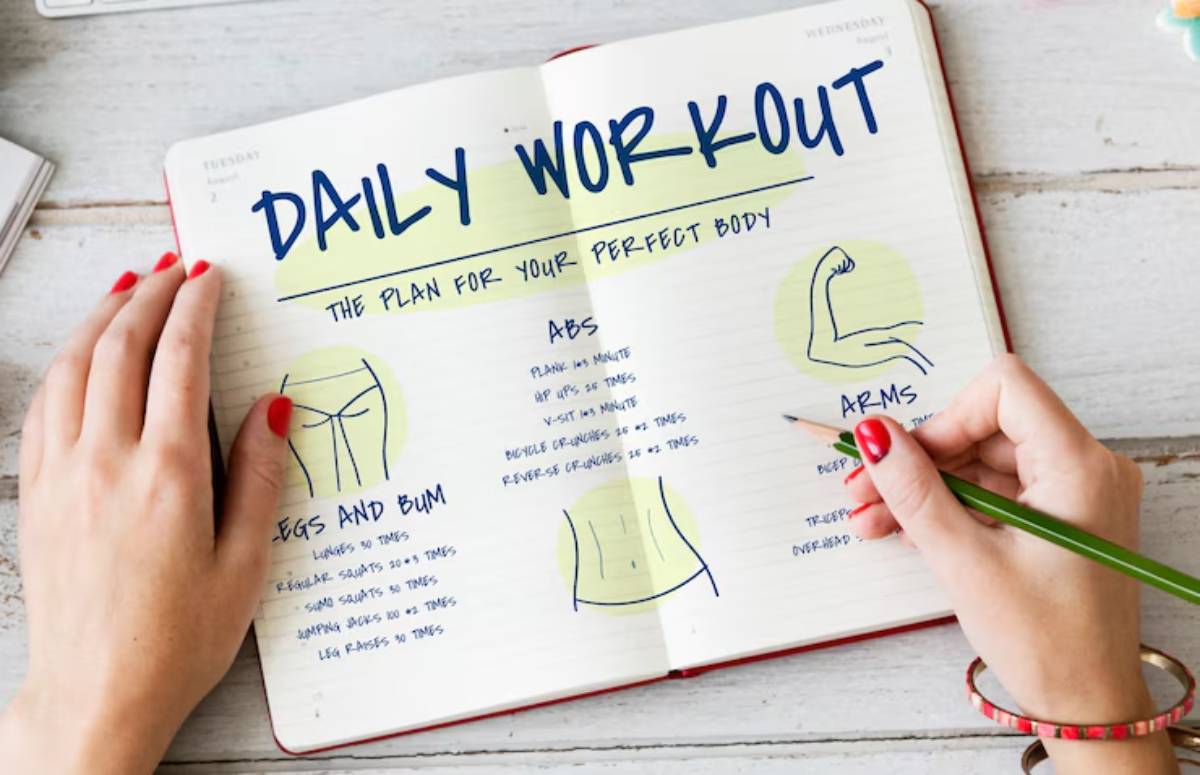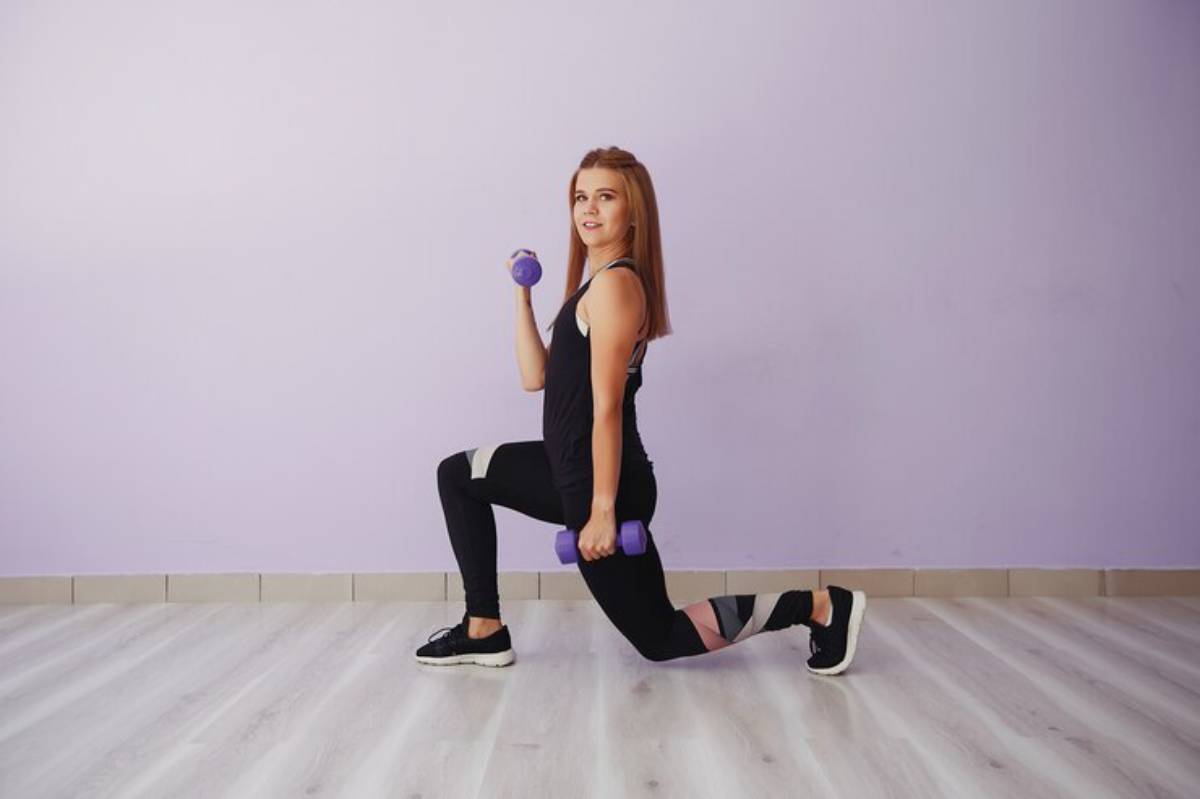
12-Week Muscle Gain Program for Women
If you’ve ever felt like your workouts weren’t delivering results — you’re not alone. Many women train hard but don’t see the muscle tone or strength they hoped for. The problem? Lack of structure and progression.
That’s exactly what a 12-week muscle gain program solves.
This isn’t a quick fix. It’s a purposeful plan designed to help women build muscle safely and effectively, without feeling bulky or burnt out. By the end, you’ll feel stronger, more energised, and confident with weights — and yes, you’ll see muscle definition too.
Whether you’re a beginner looking to ditch cardio-only routines or an intermediate lifter aiming to level up, this phased approach gives you a roadmap for real progress.
What Makes a 12-Week Plan So Effective?
Muscle growth doesn’t happen overnight. It requires consistent training, progressive overload, and recovery. A 12-week timeline gives your body time to adapt — and your results time to show.
Here’s what the best programs include:
- Phased strength progression (not random workouts)
- Compound movements that hit multiple muscle groups
- Recovery days to support growth and avoid fatigue
- Tracking tools so you know when you’re progressing
And when it’s built for women? It respects your physiology, hormones, and lifestyle — no “shrink and tone” nonsense.
Phase Breakdown: Your 12-Week Journey to Strength
Weeks 1–4: Hypertrophy Foundation (Build the Base)

Focus: Muscle building
Reps: 10–12
Rest: 45–60 seconds
Weight: Moderate
This phase is all about increasing volume and teaching your body how to handle resistance. You’ll get familiar with form, build endurance, and start stimulating muscle growth.
Sample exercises:
- Goblet squats
- Romanian deadlifts
- Dumbbell chest presses
- Lat pulldowns
- Walking lunges
- Cable face pulls
Tip: Track your weights from Day 1 — progression starts with awareness.
Weeks 5–8: Strength Focus (Lift Heavy, Lift Smart)
Focus: Strength and muscle density
Reps: 6–8
Rest: 60–90 seconds
Weight: Heavy
Now you’re ready to challenge yourself. This phase reduces reps but increases intensity — pushing your central nervous system and helping you build real strength.
Key lifts introduced:
- Barbell hip thrusts
- Pull-ups or assisted pull-ups
- Barbell squats
- Dumbbell overhead presses
- Single-arm rows
You’ll train 3–4 days per week, alternating upper and lower body days. This is when most women start to feel more powerful and notice muscle definition.
Weeks 9–12: Power & Performance (Refine and Peak)
Focus: Power + continued strength
Reps: 3–6 (explosive reps)
Rest: 90+ seconds
Weight: Moderate to heavy
This final block adds speed and tempo training. The goal is not only to lift — but to move with control, intent, and power.
You might incorporate:
- Kettlebell swings
- Box jumps
- Deadlifts with tempo
- Plyo push-ups
- Barbell complexes
This keeps the body guessing and avoids plateau. Plus, it’s a confidence booster — by now, you’ve built strength, consistency, and momentum.
How Many Days Should You Train?

Most women will thrive on 3–4 training days per week, depending on your lifestyle and recovery.
Example weekly split:
- Monday: Lower body strength
- Wednesday: Upper body hypertrophy
- Friday: Lower body hypertrophy + glutes
- Saturday (optional): Full-body power circuit
On off days? Stay active but low-intensity — walk, stretch, or do yoga.
Why Women Need Strength-Specific Programming
Unlike generic fitness plans, a strength-based approach builds lean muscle and long-term metabolic health. It helps you.
- Burn more calories at rest
- Improve posture and bone density
- Balance hormones (hello, insulin and cortisol!)
- Feel capable and empowered
And don’t worry — lifting won’t bulk you up. That’s a myth. What it does is sculpt, shape, and strengthen.
Want to dive deeper into this topic? Read building lean muscle without bulking up to understand why muscle mass is the key to a leaner physique.
Equipment You’ll Need
Whether you’re in a gym or training at home with a solid setup.
- Adjustable dumbbells (or barbells)
- Resistance bands
- Bench or step
- Pull-up bar or cable machine access
- Glute loop bands
- Access to heavier weights as you progress
Progressive overload means increasing resistance over time, so having heavier options is key as you get stronger.
Nutrition Tips for Muscle Gain
Lifting is half the puzzle — eating for muscle is the other half.
Fuel your gains by:

- Eating enough calories (yes, more than maintenance)
- Prioritising protein (1.6–2.2g/kg of body weight)
- Timing carbs around workouts for energy
- Staying hydrated
- Avoiding crash diets
Muscle gain isn’t about dirty bulking — it’s about strategic fuelling to support performance and recovery.
How to Track Progress (It’s Not Just the Scale)
The scale alone can be deceiving — especially when building muscle.
Instead, measure success by:
- Strength increases (heavier lifts, better form)
- Progress pics (monthly photos in same light/clothes)
- How clothes fit
- Energy levels and confidence
- Muscle definition and tone
Looking for a more detailed evaluation framework? See how to measure progress in the gym without the scale to get practical tracking tools.
What Happens After 12 Weeks?
This isn’t the end — it’s just the beginning.
Once you complete this cycle, you can:
- Repeat the program with increased weights
- Start a new 12-week strength phase
- Focus on power or conditioning
- Customise your periodised training plan
The goal is not perfection — it’s progression. Strength training is a lifelong journey, not a one-time fix.
What Real Women Are Saying
“I never thought I could lift more than 10kg, but now I’m deadlifting 60kg and feel amazing!” – Zara, 34
“The structure helped me stay consistent. I saw visible muscle tone in 10 weeks.” – Deepa, 28
These aren’t athletes or influencers — they’re women who showed up, followed a plan, and trained with intent.
It’s Time to Train Like You Mean It
This 12-week plan is more than just workouts — it’s a mindset shift. It’s about showing up for yourself, lifting with purpose, and building strength you can feel.
The best part? It’s sustainable, science-backed, and empowering.
Whether your goal is more tone, more strength, or simply more confidence in your body — this is your launchpad. So grab your notebook, set your plan, and let the next 12 weeks redefine what strong means to you.


